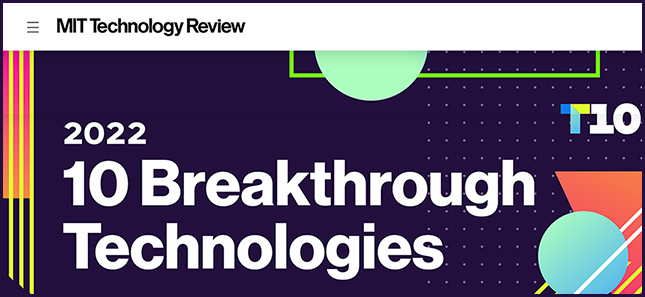Opportunities for Education in the Metaverse — from downes.ca by Stephen Downes
Excerpt:
This short presentation introduces major elements of the metaverse, outlines some applications for education, discusses how it may be combined with other technologies for advanced applications, and outlines some issues and concerns.
Also relevant/see:
What Should Higher Ed in the Metaverse Look like? – from linkedin.com by Joe Schaefer
Excerpt:
The Metaverse is coming whether we like it or not, and it is time for educators to think critically about how it can benefit students. As higher education continues to evolve, I believe every learning product and platform working with or within the Metaverse should, at least, have these functionalities:
Addendum on 5/23/22:














